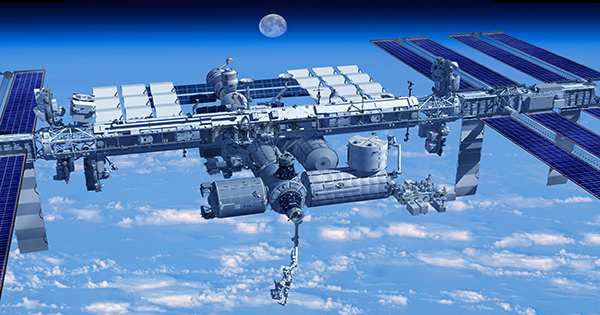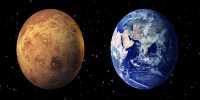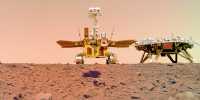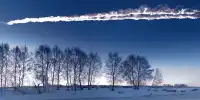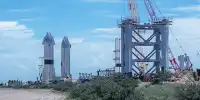Tensions between the United States and Russia continue to rise, so it is not surprising that they have now spread beyond the world. After all, the place has been an arena of national competition and soft diplomacy since the 1960s.
Russia’s space agency, Rozkosmos, is headed by Director-General Dmitry Rogozin, who has said sanctions against Russia are affecting the agency’s work and has made it clear that the country is ready to move away from the International Space Station (ISS). “We had nothing but enough rockets, nothing to run them,” Rogerin told Reuters, referring to members of Russia’s parliament. “We have spacecraft that are almost assembled but they don’t have a specific microchip set that we have no way to buy because of the ban.”
There are several reasons for the sanctions against Russia. These include the 2014 Crimea invasions and adaptations, as well as the election mediators, cyber-attacks and the poisoning of Kremlin critic Alexei Navalny. Moscow denies the allegations. Both the United States and the EU have sanctions against Rogogen. In a statement released last week, Rosekos raised the issue with Rogozin to NASA Administrator Bill Nelson, as well as hinting at NASA’s own plans to withdraw from the ISS.
The Trump administration was planning to place ISS in the private sector after 2024, as NASA shifted its focus to the moon. According to Roscosmos, there is “no official information” about the future of the ISS. The Americans and Russians have been major partners in the ISS program since the collapse of the Soviet Union in the 1990s, when the space station agreement was amended to allow Russians to participate, due to international concerns about where Russian space engineers would be stationed. Go into the collapse of the Soviet Union.
One of the reasons why NASA prepared the Americans for a long-term mission in the 1990s was because of the NASA Americans’ ferries to the Soviet-Russian Mir space station. At the time Russia was invited to join the ISS project, Europe, Japan and Canada were working on another NASA-led space station called Freedom. During the development of independence, due to complex technical, funding and policy problems, he never left the field.
